MARKETHIVE THE FUTURE OF ALL MEDIA
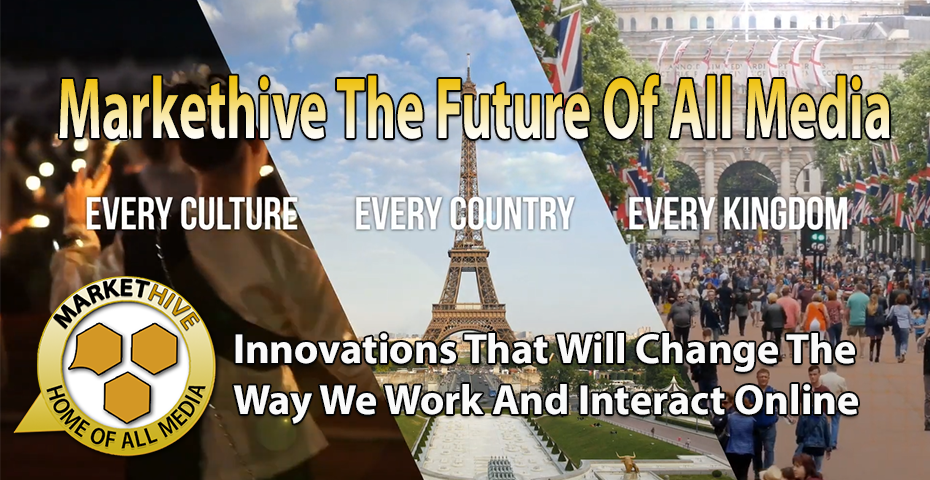
Innovations that will change the way we work and interact online.
The Markethive Social Market Broadcasting Network becomes more prominent daily as the blockchain-driven ecosystem for entrepreneurs with a non-adversarial, bi-partisan free speech ethic and the collaborative culture we rarely see on social media platforms today. Even the newer acclaimed, free speech platforms are partisan to the left or right and deal with deplatforming and boycotts from payment providers.
It’s widely notorious that the actions of the tech giants have divided nations and are the source of countless societal harms, including rampant censorship, promoting violent extremism, spreading false information, and unfairly stamping out its competition.
Instead of improving the user experience to one that users would welcome, legacy big tech is somewhat distracted by its self-induced problems. It’s now under scrutiny by government policymakers with the overall consensus that something should be done to reign in the centralized power or structurally break up the technocracy.
Facebook is focused on updating the internet with new regulations to appease critics and leverage its Oversight Board to circumvent this. At the same time, Twitter grapples with the idea of integrating a more decentralized approach to the platform, explicitly giving users an algorithmic choice by opening up its news feed to third-party algorithms selected by its users. This could undoubtedly customize the user experience but still be under a central authority.
Markethive Goes Next Level
Known for its evolutionary and innovative ethos, Markethive continues to expand its decentralized “all-in-one” platform with the development of a unique news feed interface that completely embodies the user experience (UX) in the framework of “don’t make me think.” A concept brought to light by author Steve Krug, a usability expert, cites that usability is fundamentally about human psychology.
The book “Don’t Make Me Think” was first written in 2000 and revised in 2013. Since the turn of the century, technology has changed rapidly, but the principles are the same as before. Something is only usable if an average person can figure out how to use it to achieve an outcome. Krug breaks this down into three laws:
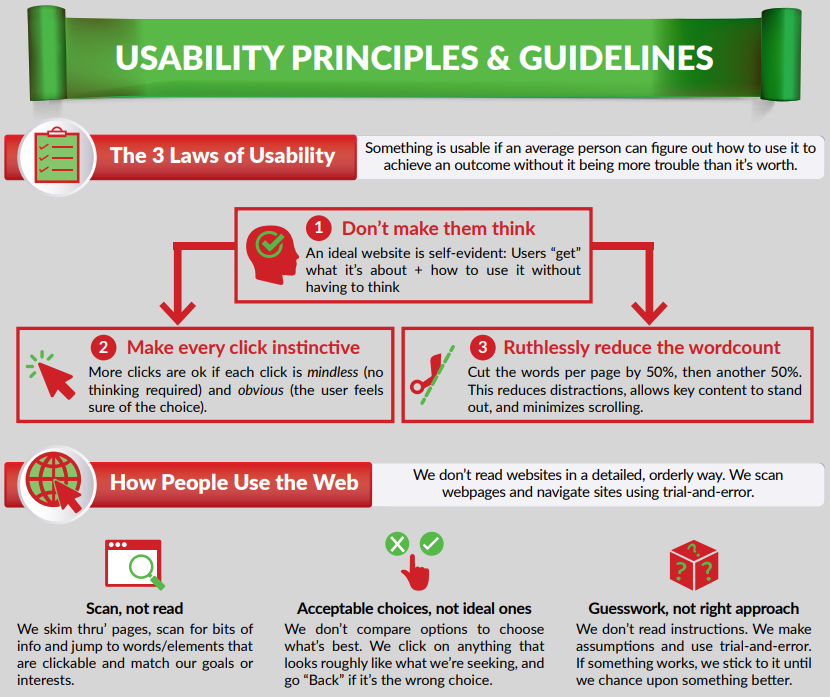
Image Source: Reading Graphics
Key Quote
“Usability is about people and how they understand and use things, not about technology.
…while technology often changes quickly, people change very slowly.”
Once it is understood how the human brain works, these same insights can continue to be applied even as technology and landscapes evolve. So usability is not just about technology; it’s about understanding how people think and behave to build better things, giving the user a more seamless and more straightforward experience when navigating.
Unlike the social media giants, which only have one primary news feed algorithmically set by the central authorities, Markethive is integrating four news feeds to accommodate the multi-functional platform within the Markethive ecosystem.
The individual feeds are General, Video, Blogging, and Content Curation, and they are all accessible from the main page and can be algorithmically set by the individual user. The scope that Markethive has is enormous as it integrates all the vertical systems of the other platforms under one roof.
Social + Video + Blogging + Marketing + Curation + Broadcasting + Affiliate + Gamification + Cottage Businesses = Markethive: A Powerful Blockchain-driven Ecosystem
There is nothing out there like Markethive. We are an Inbound Marketing (automated marketing platform) like Marketo, Paragon, and even the wannabee MLM Onpassive platform. We are like Youtube, Instagram, LinkedIn, Twitter, etc., but will be superior to these legacy Web 2 media when we release all the aspects and layout of Markethive 2.0.
We have a dynamic social media interface and growing community with a strong collaborative ethos, with SaaS and broadcasting capabilities already operational. We are not waiting for the launch to access the services; they are already there for you to use to help you facilitate your business and increase your reach and following.
Markethive is enhancing and bringing the platform into the future internet with our new technology and interfaces, but still in keeping with the human touch. The latest updates and integrations are explained in this article.
So What Else Is Coming?
We will also be a search engine like DuckDuckGo, allowing you to determine your own algorithms to control the outcome. Our new Hosting and Domain Registry coming this year will enable your business to be sovereign as it’s hosted within the Markethive system, along with the opportunity to generate affiliate income.
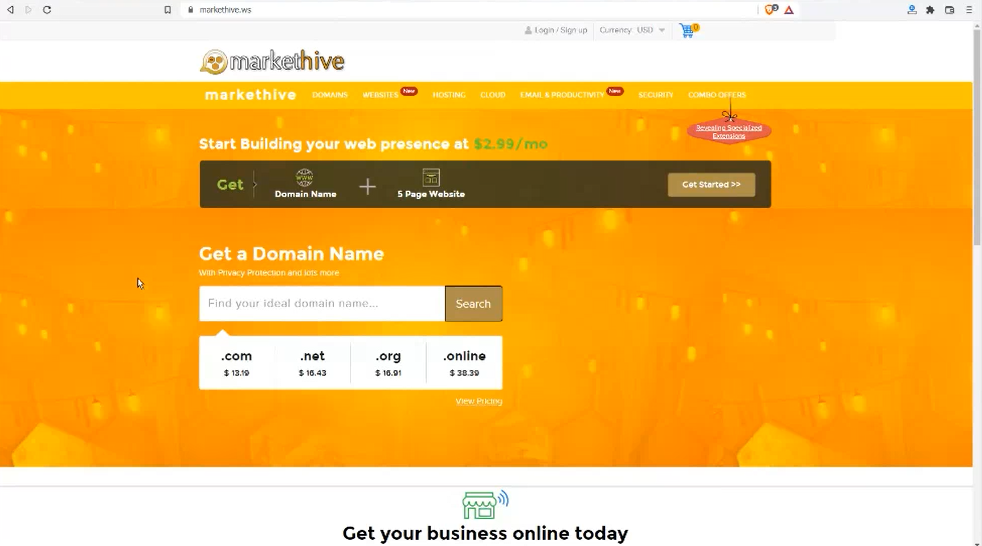
The Markethive Hosting and Domain Website (NOT LIVE YET)
We will have a curation system like Scoop.it (https://www.scoop.it/topic/markethive), as well as a superior conference room like Google Meets (this is in the works) https://meet.google.com/mow-hwei-jsr, plus our own advertising services that you can sell for profit, and to make Markethive a complete ecosystem, we have our own coin, (HiveCoin) wallet, and exchange.

Scoop.it examples of Curation
Technology has advanced with Blockchain, and Crypto is becoming ubiquitous, giving rise to the decentralized, privacy, and autonomy components of social media. Something that the established dinosaurs would find near impossible to integrate at its highest level.
Markethive has not only enjoyed longevity, but it can also integrate cutting-edge and unique systems. It is next-level, delivering every function and aspect available, fitting for the entrepreneur, business, and corporation. A clean design, not cluttered, intuitive for easy navigation, and simple to carry out tasks for all users on every level is crucial for website stickiness and the overall success of our entrepreneurial users.
As quoted by CEO and Founder of Markethive, Thomas Prendergast,
“We are making major changes right now to the entire layout and aspects of the system. It’s a new look, with better navigation and an improved alert system. We are rebuilding the page-making system to be intuitive, inspired by Leadpages, all in preparation for the Wallet.
All accounts (free and paid) will receive an email and a WordPress site integrated into the Markethive Page Making system. The domain for this will be hive.garden and all members will be assigned their username@hive.garden for POP email and username.hive.garden for your default website where you will have the option to have WordPress or a Markethive capture page assigned.
Understand this major uplifting has been in the works for several months, and we are close to its completion. We have already launched The Boost and The Wheel Of Fortune. The Premium Upgrade will launch once the wallet is integrated and the ability to upgrade to Entrepreneur One will not be available.”

The current Entrepreneur One members will continue to enjoy the benefits of the upgrade, including receiving a 1/10th ILP for every year their subscription is active for up to ten years. The benefits are explained further in this article. https://markethive.com/group/marketingdept/blog/theentrepreneuroneilpspecial
The New Main Page Interface Explained
The following images are a basic mockup or draft, subject to enhancements, to give you an idea of how the new main page will look with the various news feeds and menus. It is definitely something to look forward to upon its integration.

Example of Main Page Interface
The format is horizontal, not vertical, like many other websites making it more readable and less time-consuming in terms of navigation. The vertical side menus will be removed, along with the busy text in the blue bar.
At the top of the main page are the Super Banners. This is prime real estate and specifically for Markethive, the company. Anyone else inside or outside of Markethive wanting to place a banner there will pay top dollar. The real estate below the blue bar is for the markethive community and placement of their banners.
Multiple Pulldown Menus
Multiple pull-down menus will be replacing the side menus on the main news feed page and the profile page. These are now accessible on one page on the blue bar under Settings, Shopping Cart, and the Notifications bell icon also named Alerts Control. This allows you to configure the blue alerts bar and provides a click menu navigation. In other words, you choose what icons you would like to display.
All the settings displayed that could only be accessed on the left of the profile page are now accessed on the main interface, including general profile page settings, payments, Vault, ILP purchases, login account, social accounts, and hive ranking. This makes it a lot easier to navigate and is much more intuitive.
There is also a pull-down menu under Shopping Cart that displays the status of your cart (whether it’s empty or has items pending in it).
The shopping cart menu takes you to the Markethive store and the Advertising services strictly for the Markethive Press Release program, the Boost, social network broadcasting, digital banner advertising, and video advertising. You will find these services in this pull-down menu as they are introduced.
A series of upgrades will also be displayed under the shopping cart. Currently, there is the E1 upgrade and upcoming Premium Upgrade to be integrated upon the launch of our internal wallet. There will ultimately be multiple levels of premium upgrades which will all be located in the shopping cart pull-down menu.
For the purpose of this article, the image below displays all pull-down menus opened and can be accessed by clicking on their respective icon.
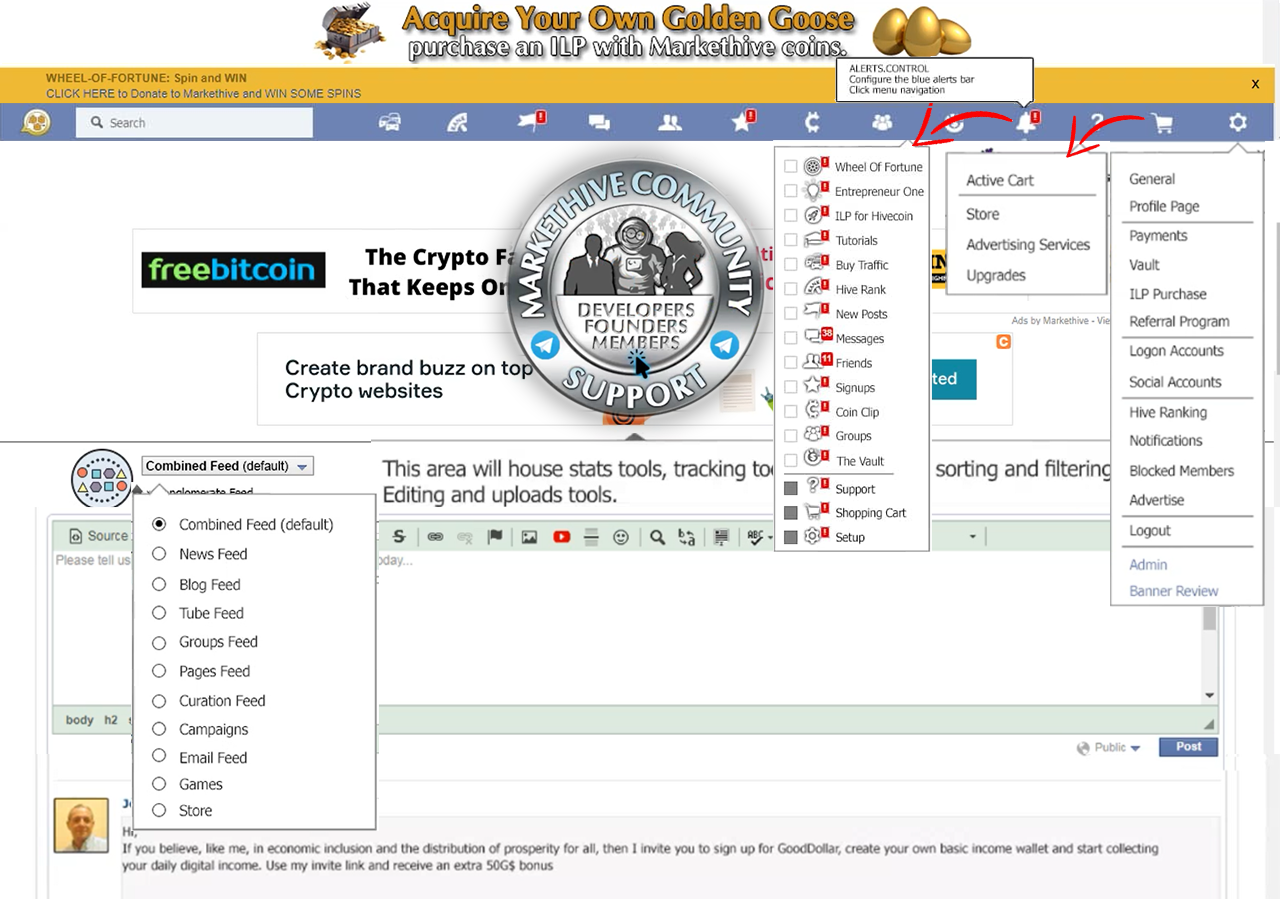
Image: Example of Pull-Down Menus
Combined News Feed – The New Innovation
Now for the pièce de résistance and Markethive’s claim to fame. The combined news feed interface is a first in the social media environment. It includes the four primary feeds being the general Newsfeed, Blog, Video, and Curation feed.
So what’s the big deal about a news feed?
The news feed is the heart and lungs of Markethive, and everything around it is the bones or structure of Markethive. It all starts at the center, being the newsfeeds and works outwards and is the dashboard or control center, where every aspect of Markethive is easily accessible.
The combined pulldown menu also includes the Groups feed, Campaigns, Games, Store, and Email feed, which you can set algorithmically. You choose what and who you want to see in your combined news feed.
You can choose only to see what you’ve posted, select by geo-location, friends, Tube feed, Blog feed, Group feed, etc. You can access these configuration tools in the tray just above the HTML editor, housing the stats tools, tracking devices, posting tools, sorting and filtering tools, editing, and upload tools.

Image: Example of Combined News Feed Menu
Upgraded associates will be able to post in a news feed with the ability to stylize text (bold, italics, text size, font type, hyperlinks) add embed videos and images, similar to the current blog editor. This will make your posts more dynamic and exciting.
Whatever task you do, you will access it from the combined feed pull-down menu. For example, if you want to upload a video in the Tube Feed, it will open up the tool page for you to upload it.
You do not leave the main page for any task you perform. This is where you access all your interfaces. E.g., The video upload interface, the blogging platform, the curation control panel, etc. You will be able to add, edit and monitor everything you do right from the main page.
Whatever you choose to see in your combined feed will be displayed: Videos from the Tube Feed, Blogs, Capture Pages, Groups feed, General postings, everything will be displayed on the page.
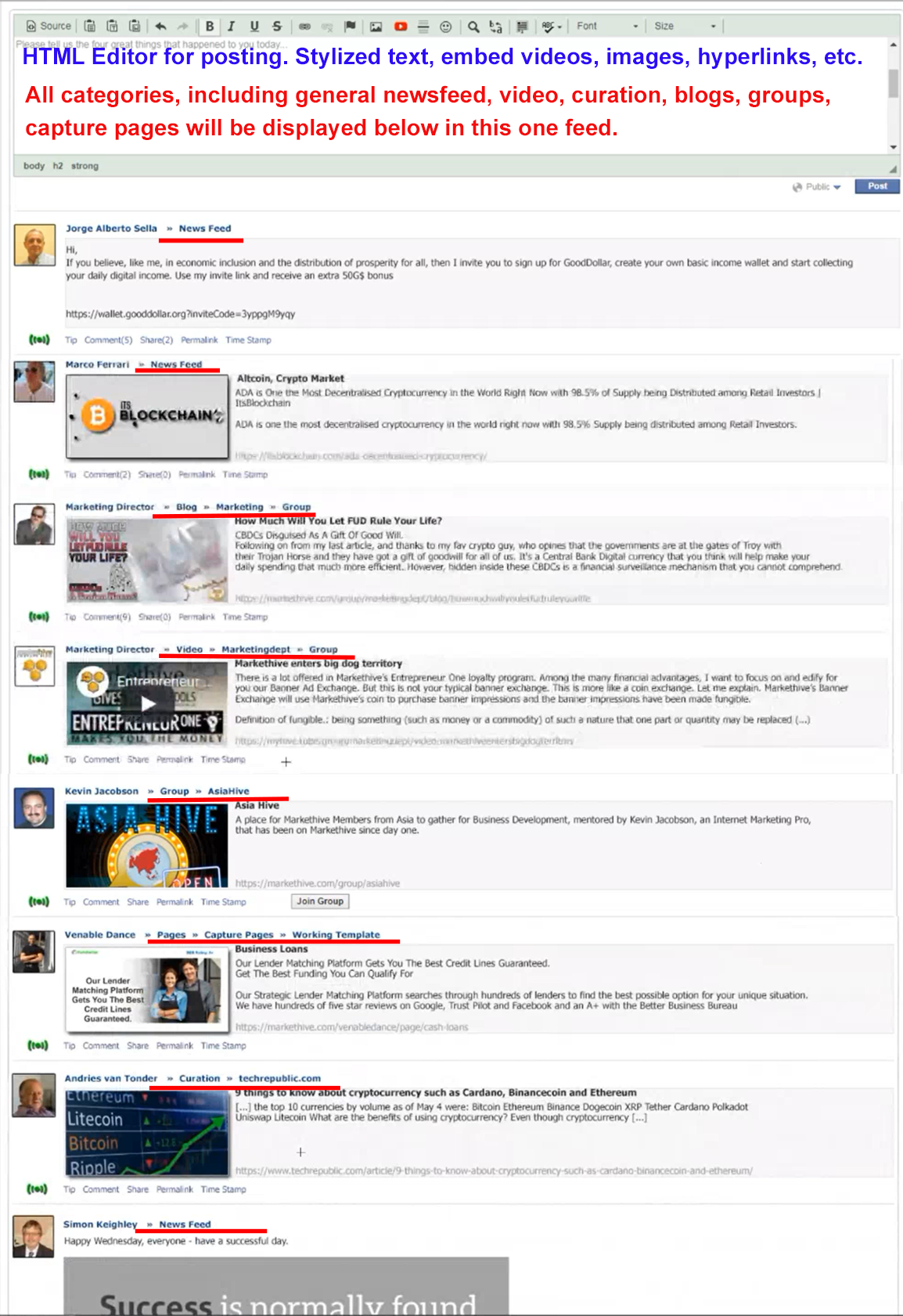
Image: Example of Rich Text Editor and Combined Feed Interface
The Beauty Of Markethive
Everything is at your fingertips on this one page, making it very intuitive and mobile-friendly. The dynamics will change completely, and you won’t have to navigate individual pages within the Markethive system. All configuration, filtering, and searching are done from the combined news feed interface.
The new interface will be instantaneous and straightforward to post any content remotely, whether blogs, videos, or general newsfeed posts. Markethive will be infiltrating every corner of the internet universe and become a household name.
The whole interface is streamlined and purposely created horizontally with minimal to no advertising, so it is not overwhelming for the average and new user. So many websites, blogs, and digital media articles are cluttered with vertical side columns and advertisements, making it annoying and virtually impossible to read or comment on the site.
Markethive has always been a pioneer and ahead of the curve, initiating a social network before social media became a thing, starting with Veretekk in the nineties. It is a Divine inspiration, a vision that is coming to light. It’s one of integrity and can command authority with its clean, polished new look and navigation.

So what we have here is an outline of what’s coming in Markethive. There’s more to this unprecedented, monolithic concept and project. All updates and orchestrations are discussed at the Markethive meetings every Sunday at 10 am Mountain Time. (MST)
You can keep yourself up to date with the latest news and developments of Markethive as they happen. To access the meeting room, go to the Calendar and click on the link provided. See you there!
So what time is it in your part of the world? Go here to find out. The doors to the meeting room are closed 5 minutes after commencement, and latecomers are denied access, so get there early.

Thank you to the Founders Thomas and Annette for their insights, inspiration, and dedication to bring the next generation social market broadcasting platform far removed from the chaos of the legacy tech giants.
Our appreciation and gratitude to the team of engineers at Markethive working tirelessly to deliver a completely decentralized ecosystem, impervious to the oppressive forces that have subjugated humanity.
Thomas affirms that we are building an orchestra consisting of many moving parts that will harmonize, catering to everything we do online and facilitating bringing in the next 100 million people into Markethive this year.
Our system is based on Ethics, Gospel, and the Holy Spirit and operates differently from other media platforms because it runs on a heavenly frequency. Welcome aboard to all, and be ready for an exciting transition and transformation of Markethive.


Also published @ Before It’s News https://beforeitsnews.com/2022/02/markethive-the-future-of-all-media-3022.html



















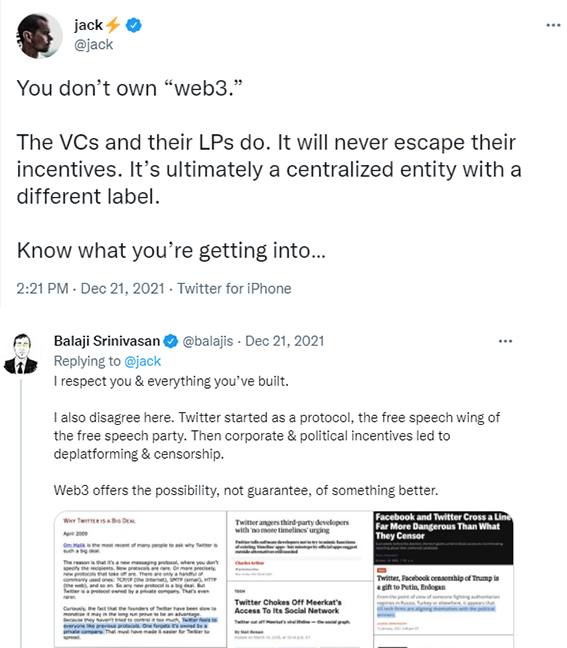
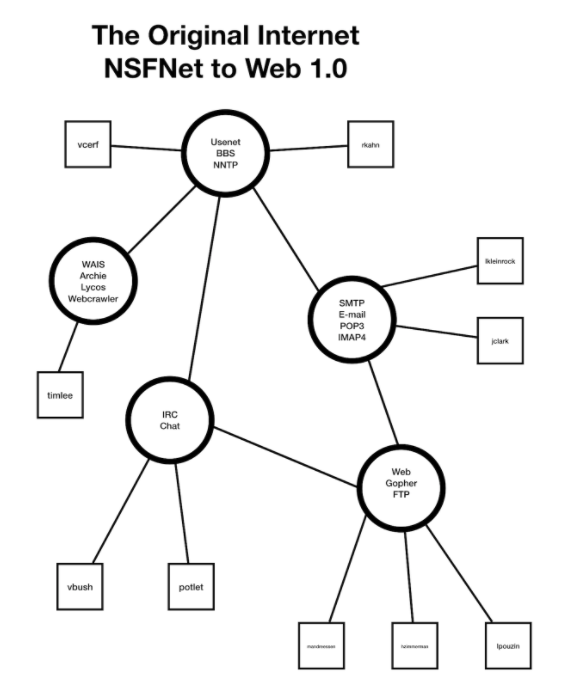
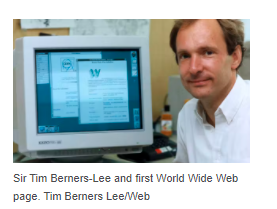 static web and did have its limitations. It wasn’t user-friendly and was a one-way information highway.
static web and did have its limitations. It wasn’t user-friendly and was a one-way information highway. 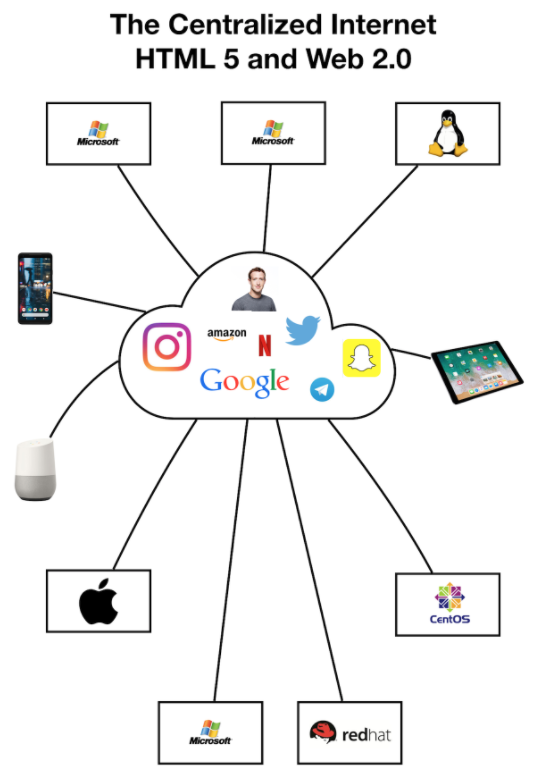
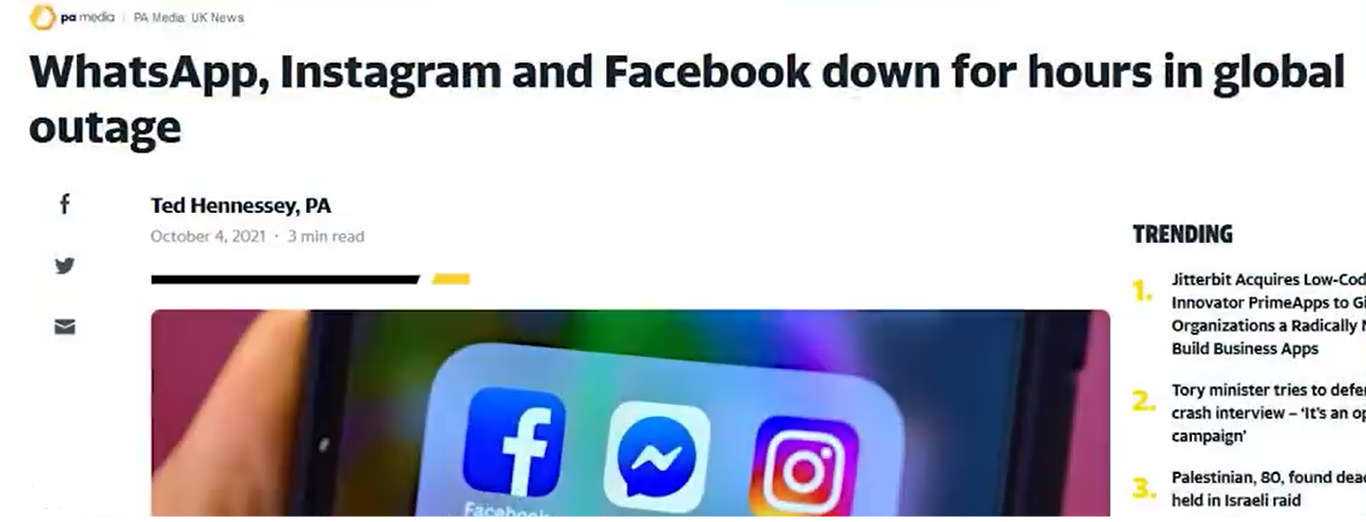
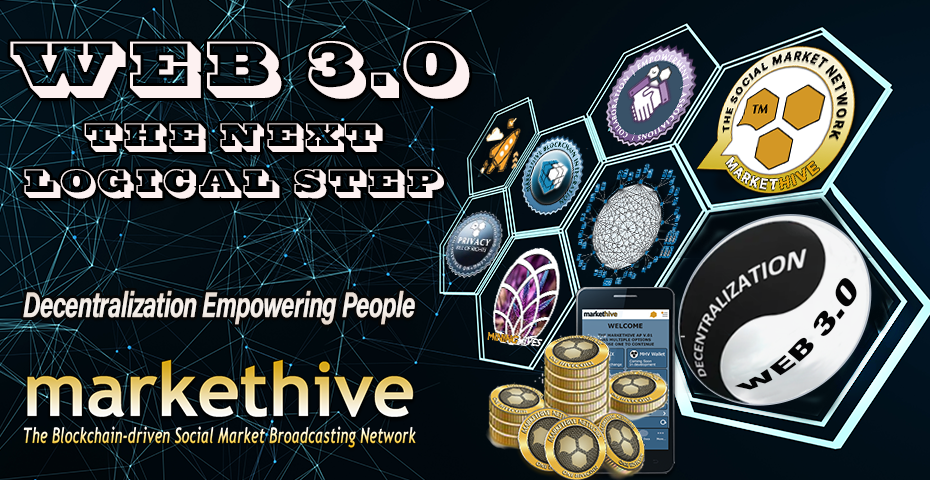
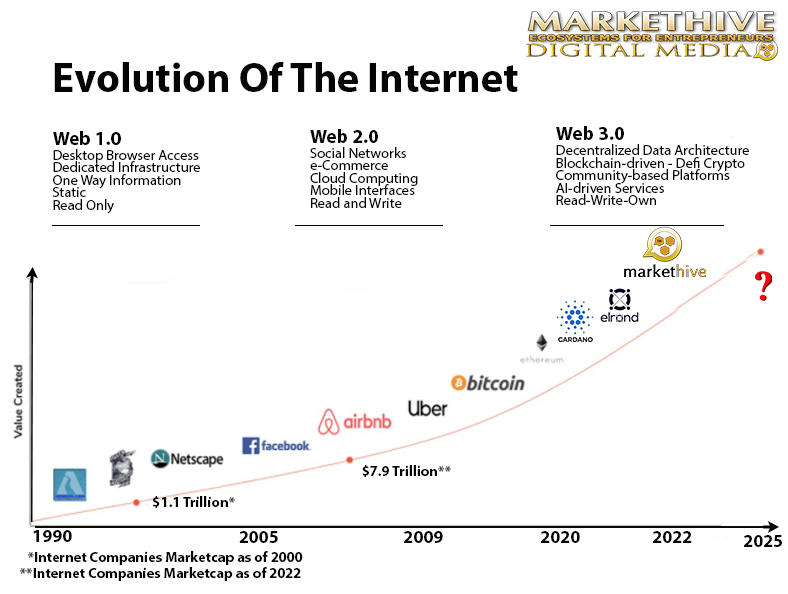


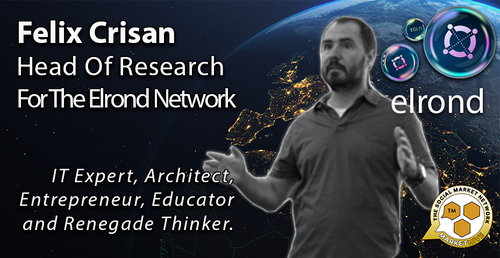
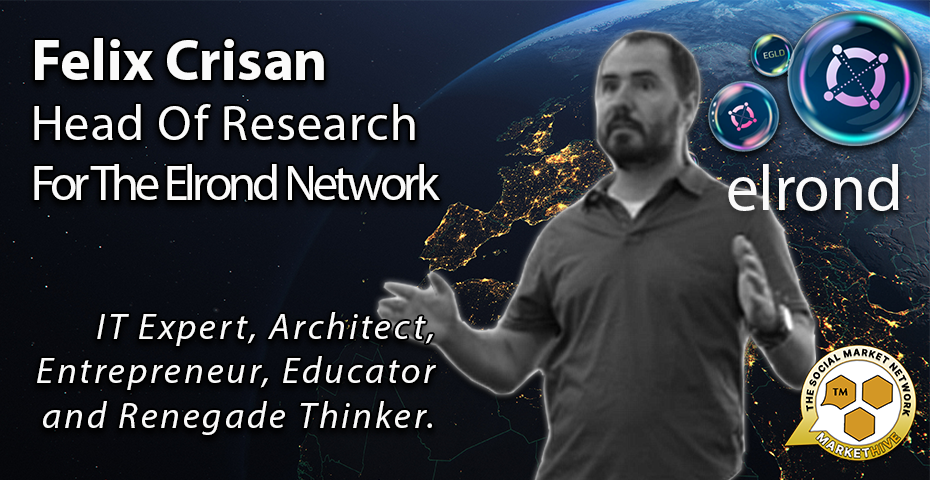

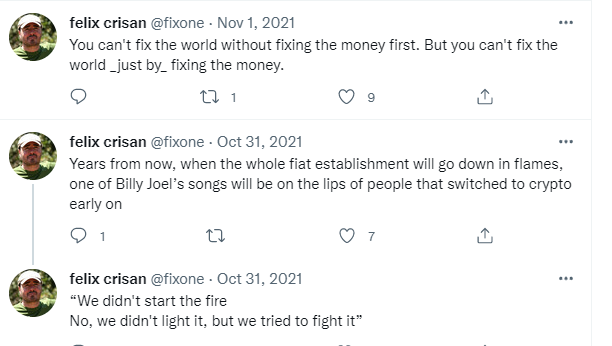



.jpeg)

.jpg)
.jpg)






.jpg)
.jpg)
.jpg)
.png)


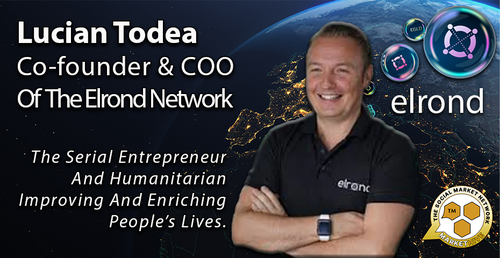
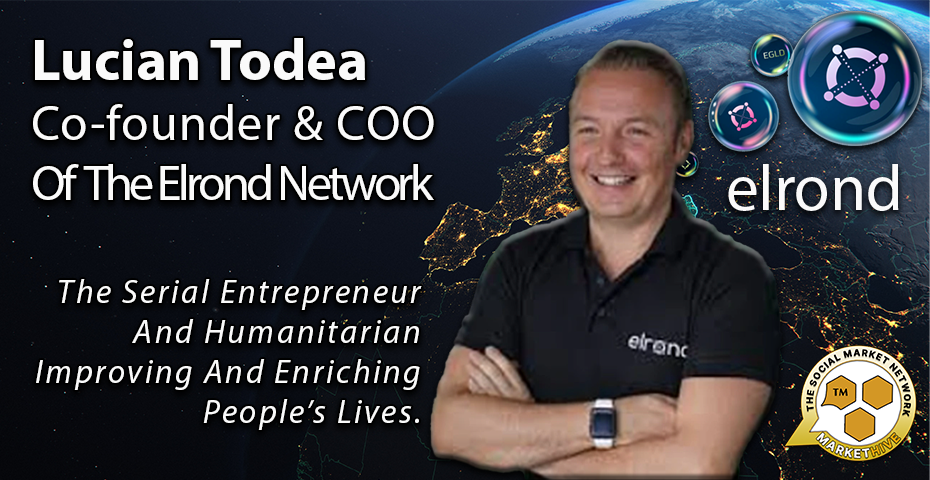
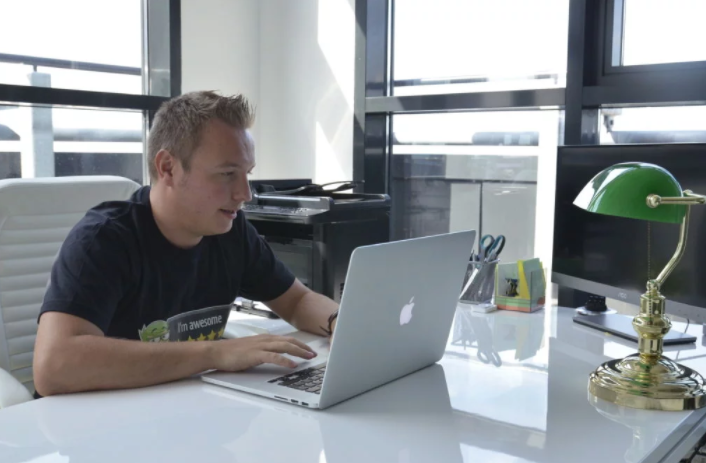

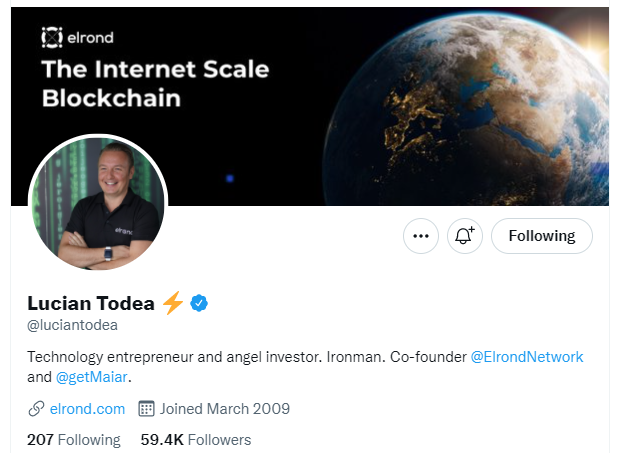
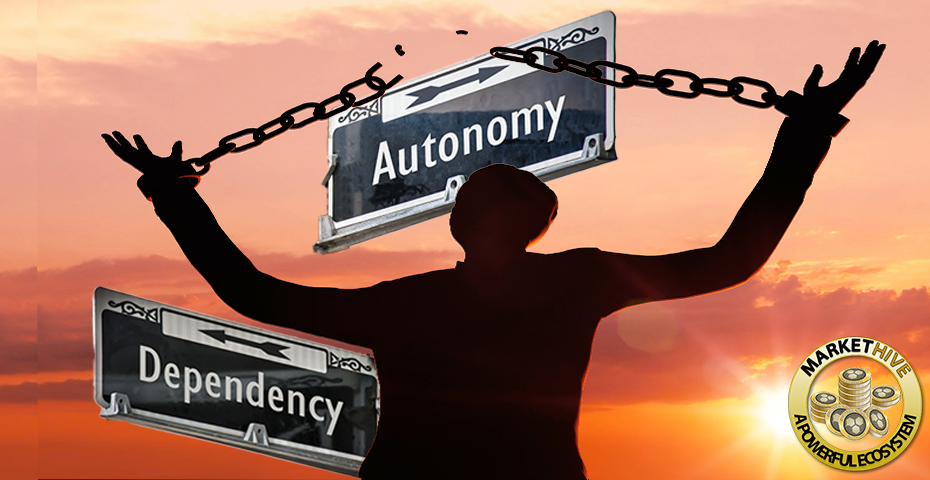



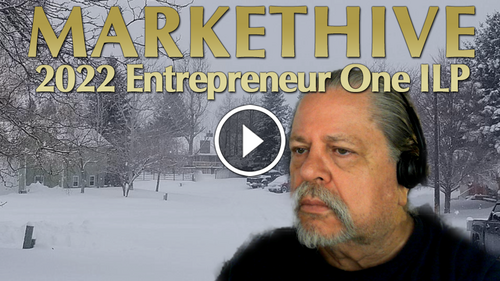
.png)